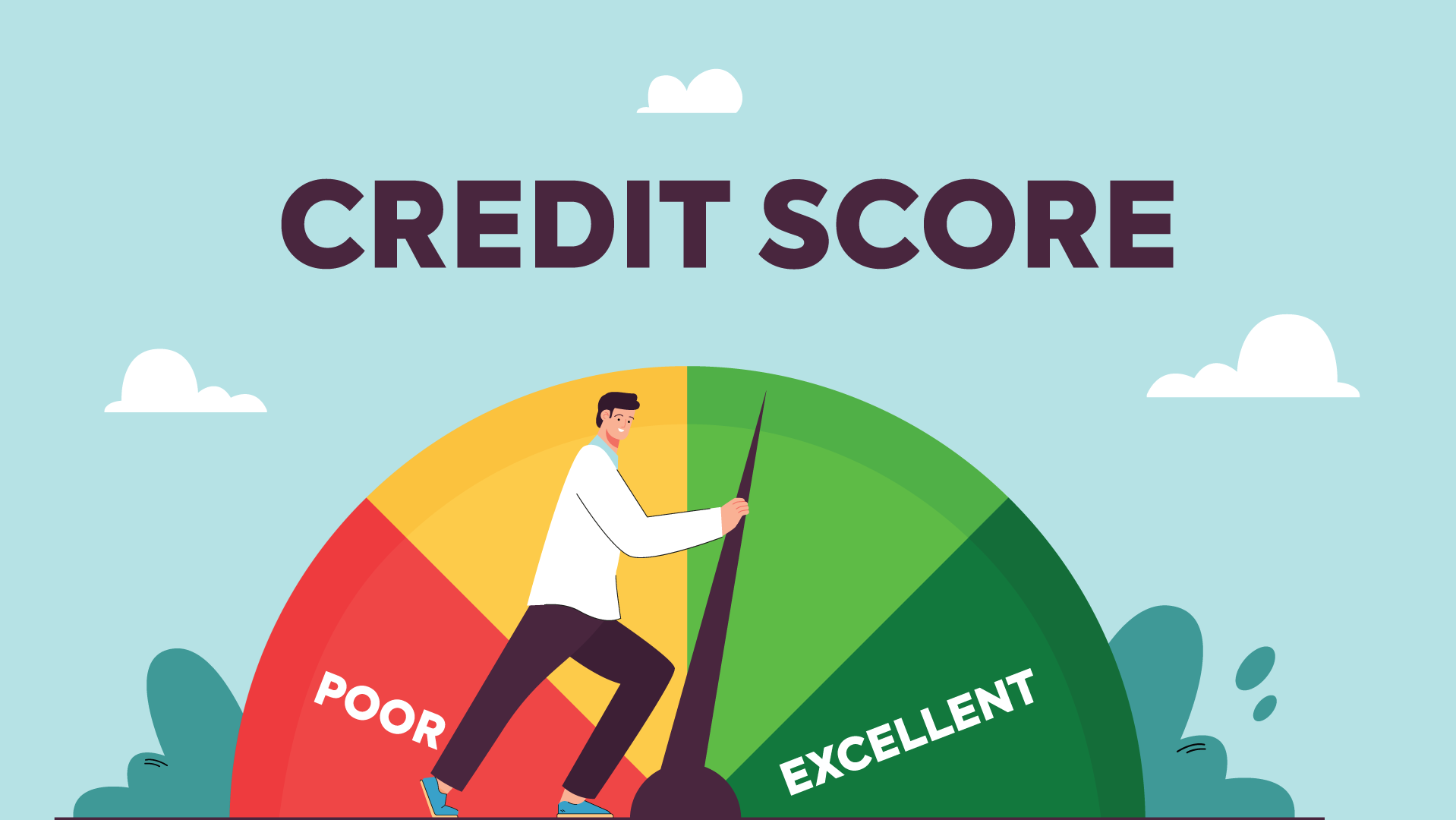Discover the smart ways to grow your wealth with just a few dollars
Why You Should Start Investing Now
Many people believe you need a lot of money to start investing, but that’s a myth. In reality, starting early — even with small amounts — can significantly impact your financial future. Thanks to modern technology and financial tools, investing has become more accessible than ever before. Compound interest, time in the market, and good habits will help your money grow gradually but steadily.
Step 1: Set Clear Financial Goals
Before investing, it’s crucial to determine your goals. Are you saving for retirement, a home, or a future vacation? Identifying your goals will help you choose the right investment vehicle and strategy.
Step 2: Understand Your Risk Tolerance
Investment always involves some degree of risk. Understanding how much risk you’re willing to take can help you choose investments that align with your comfort level and financial goals. Younger investors often take more risk due to longer investment horizons.
Step 3: Start with a Budget
Examine your income and expenses to identify how much you can set aside for investing regularly. You don’t need to start big — even $10 to $50 a month can make a difference over time.
Step 4: Choose the Right Investment Platform
Thanks to technology, you can now invest through various platforms with little money. Here are a few beginner-friendly options:
- Robo-Advisors: Platforms like Betterment and Wealthfront manage your investments for you, using algorithms and automatic portfolio balancing.
- Micro-Investing Apps: Apps like Acorns and Stash let you start investing with as little as $5.
- Online Brokers: Platforms such as Robinhood, Fidelity, or Charles Schwab offer commission-free trades and have no account minimums.
Step 5: Understand Basic Investment Types
Familiarize yourself with common investment choices:
- Stocks: Shares of a company that can grow in value over time.
- Bonds: Loans to companies or governments that pay interest.
- Exchange-Traded Funds (ETFs): Baskets of securities that track an index and offer diversification.
- Mutual Funds: Professionally managed investment funds from multiple investors.
Step 6: Stay Consistent and Think Long-Term
One of the best ways to grow your money is through consistent, long-term investing. Set up automatic transfers to your investment account each month so that investing becomes a habit. Don’t let short-term market fluctuations scare you into withdrawing your investments too early.
Step 7: Keep Learning
Financial education is a continuous journey. Read books, follow credible financial blogs, listen to podcasts, and take online courses. The more you know, the better decisions you’ll make.
Final Thoughts
Investing with little money is not only possible but also wise if you start early and remain consistent. With the right tools and mindset, anyone can begin building wealth. The most important step is to start — no amount is too small!




